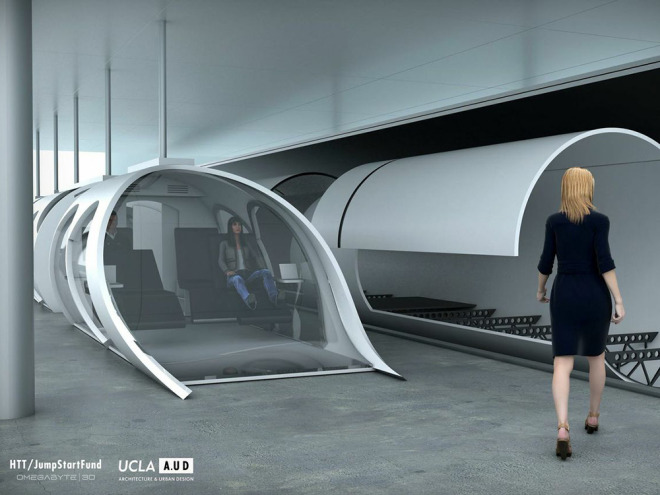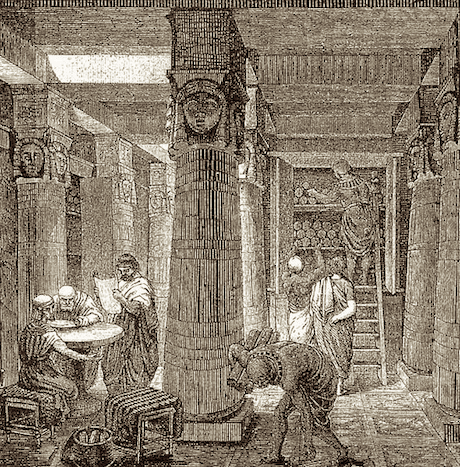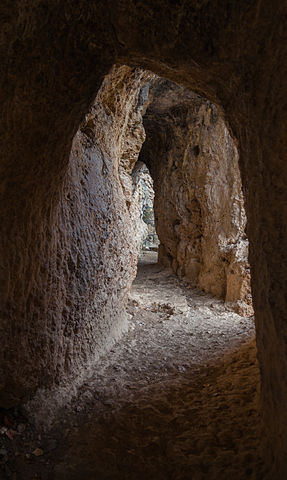
My good friend Jeff Mann, the true Yard Ramp Guy, has asked me to revisit some of my original contributions. And so: my From the Archives series. This week: the Hyperloop would get you from Point A to Point B in record time. Hands and legs in the compartment at all times, please.
The way I figure it, most billionaires are just investors: they're simply using money to make more money. It's not real exciting, but if you really want to be rich that bad, I guess it works.
A few billionaires are more interesting to me, though—guys like Bill Gates and Elon Musk, who actually get involved in producing new things.
Elon Musk is especially noteworthy right now. He's started a private space corporation (SpaceX), co-founded Tesla Motors, and most recently is pushing for the Hyperloop.

The Hyperloop: All Aboard
The Hyperloop is a conceptual transportation system that would be able to move passengers at speeds twice, or more, of a passenger aircraft. Essentially, it's a high speed train in a sealed tunnel with most of the air pumped out, letting it speed unhindered by air resistance, track friction, weather, or any of the difficulties facing other modes of high-speed transportation.
This thing could potentially hit thousands of miles an hour (depending on how low they can keep the pressure in the tube; that's the big limiting factor). Rather than using maglev (magnetic levitation) or wheels, the train would float on air rails, very similarly to how an air hockey table works, and it would be accelerated by linear induction motors.
This concept isn't new. The idea of vacuum trains has been around for decades. This is one of the first attempts to really build one, though. While all of the initial design work was done by Musk's engineers, he then took the unusual step of releasing all of the designs and plans. All of them. He turned it into an open source project.
Most of the current work on the project is by a group of engineers called Hyperloop Transportation Technologies. (The old saw about engineers getting to name companies holds true here).
That's not to say that it doesn't face plenty of troubles of its own. They've still got to figure out how to handle earthquakes, any number of technical issues, and even zoning issues. But I feel confident saying that we'll get to see this fly one day.
The Yard Ramp Guy Blog: The Forklift Ramp Secret
What on earth is my friend The Yard Ramp Guy doing, giving away trade secrets? It high time to find out. And the answer is rather timely.
Click HERE to spend a few rewarding minutes.







